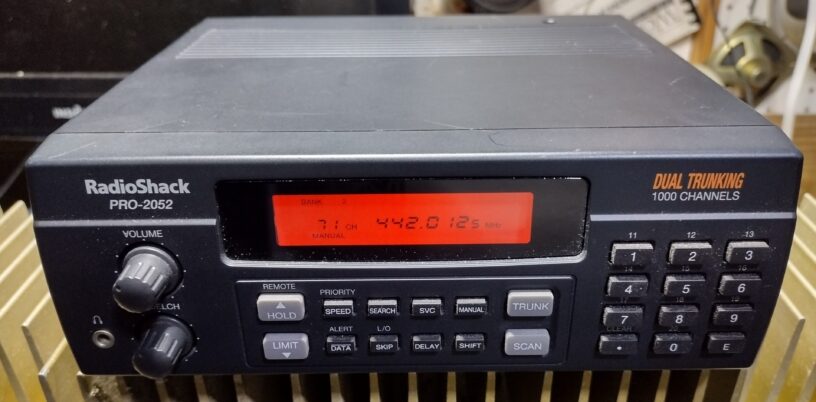Are you a scannist, scanning the bands with your scanner?
Not all who play radio, transmit. Not all who listen, do it on the shortwave bands. Those who enjoy listening to local communications on VHF and UHF are often referred to as scannist. The name comes from the use of scanning radios that are able to search through preset frequencies at a very rapid rate. These radios can also scan for radio traffic through a user defined frequency range.
Times have changed with the influx of cheap USB Software Defined Radios (SDR’s). With a $30 USB device and an old laptop, one can now do things scannists of yesteryear dreamed of. One of the most useful advancements is the panoramic display. You can visually watch a section of radio spectrum for spikes (activity) and tune to that frequency with the click of the mouse. SDR’s also allow for multimode reception of AM/FM/SSB/DAB and other digital formats. The old scanner radios are still capable tools but are very limited in features compared to what can be done with a USB SDR.
What’s there to listen to on the VHF and UHF frequencies? You have 6m, 2m, 1.25m, 70cm, and 33cm ham bands, the FRS and GMRS personal radio services, public safety stuff such as fire and police and finally general industry stuff such as railroads, security companies, construction sites, hotels, etc.
A great many commerical users have gone to digital modes such as P25 or DMR but not all are encrypted. There’s still plenty of interesting stuff even for those with old analog scanners. FRS and GMRS for example are pretty busy in urban areas as are amateur radio repeaters. A used radioshack scanner can be found on ebay for under $20 and you’re in business as an entry level scannist!
For more information on scanners, follow the link below.
